This is a phenomenon that turns various fruits into something terribly interesting. 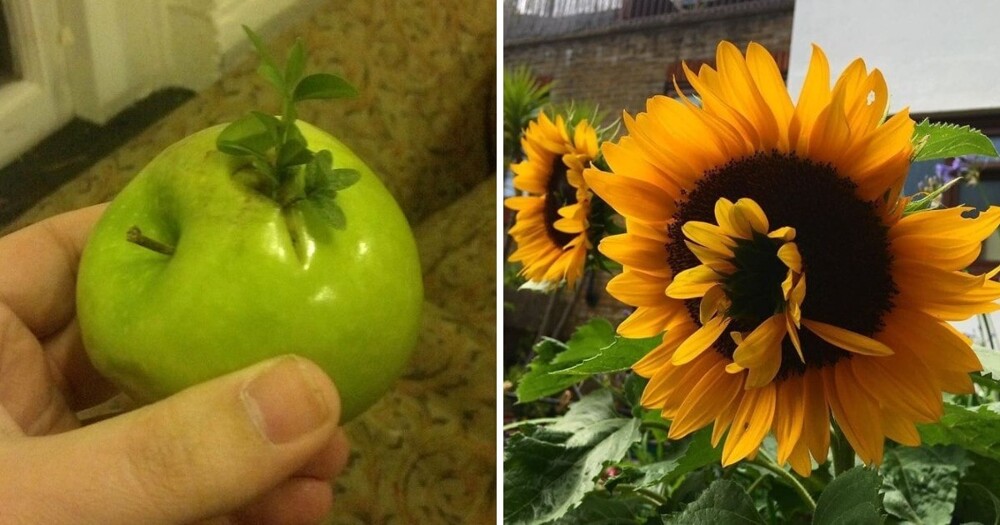
Nature loves and knows how to surprise people. Sometimes add up the impression that she has a lot of interesting things in store for us tricks in your pocket. For example, have you ever heard of such a phenomenon, how is viviparia? No? Then you have come to the right place. Now in everything let's figure it out.
According to the scientific definition, viviparia is the germination seeds in not yet ripened fruits that have not lost their physiological connection with mother plant. This spectacle looks quite unusual and in some places even creepy. A person unaware of such a miracle may decide that it is some kind of disease or anomaly. In fact, everything is natural here. The germinating seed uses the mother fetus as a nutrient medium and lives for himself, does well, not realizing that his behavior in some degree is rebellious.
Mini tree in a cone 
Sunflower 2 in 1 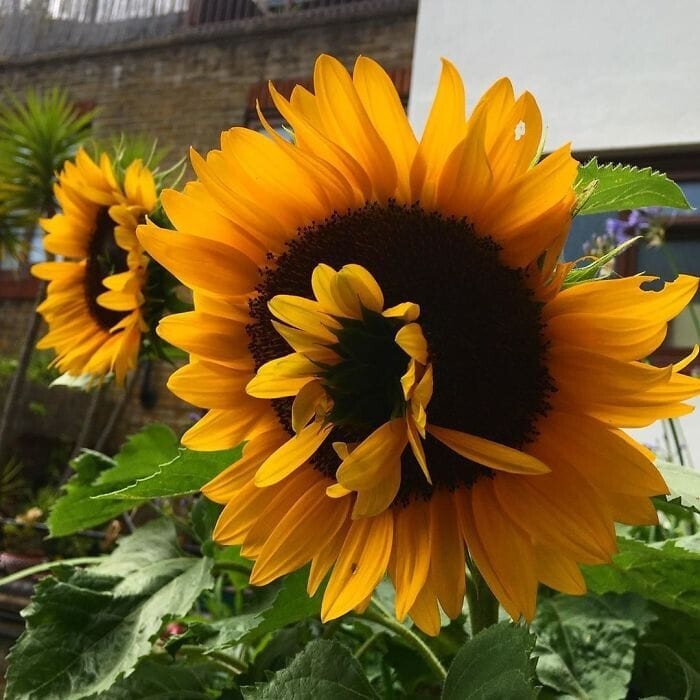
The phenomenon is characteristic mainly for mangrove plants. However, as you know, nothing is impossible for nature. viviparia can be found among fruit, cereal, berry and vegetable plants.
A new tree grows inside an apple 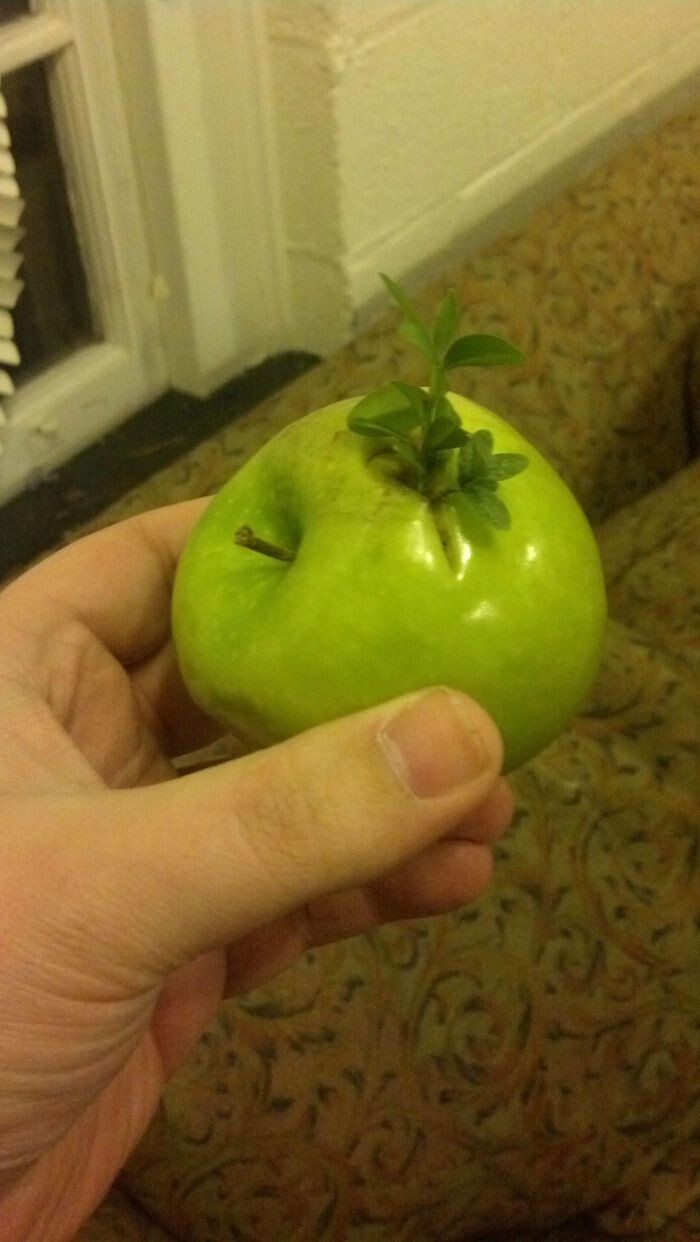
Corn seeds sprouted right on the cob 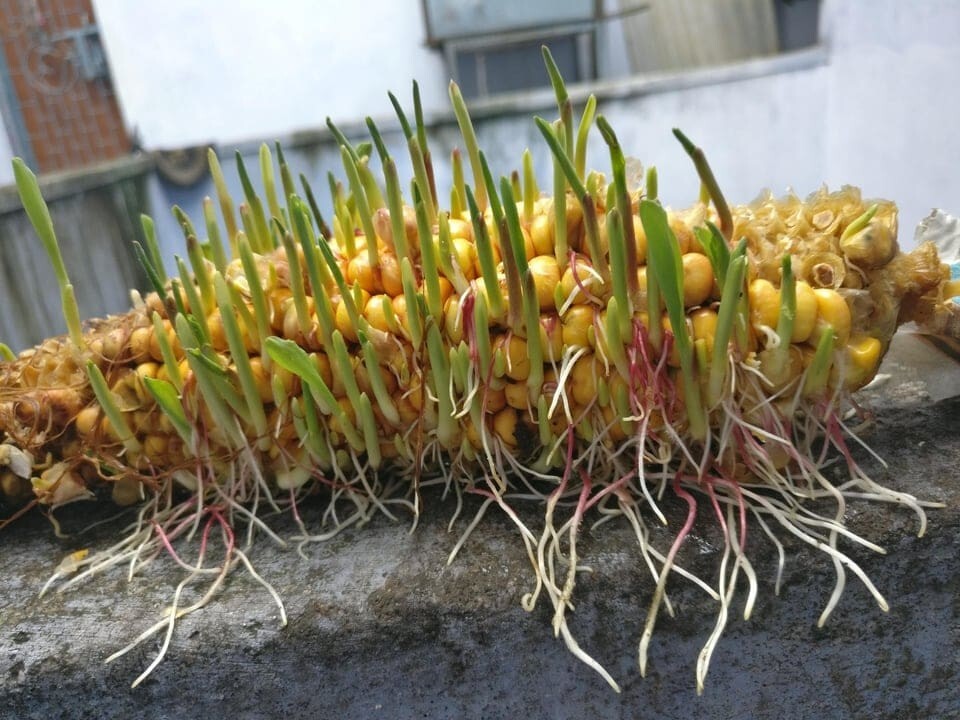
There can be many such seeds on one plant. Much less often one seed germinates.
A new flower suddenly appeared from an artichoke 
Thistle 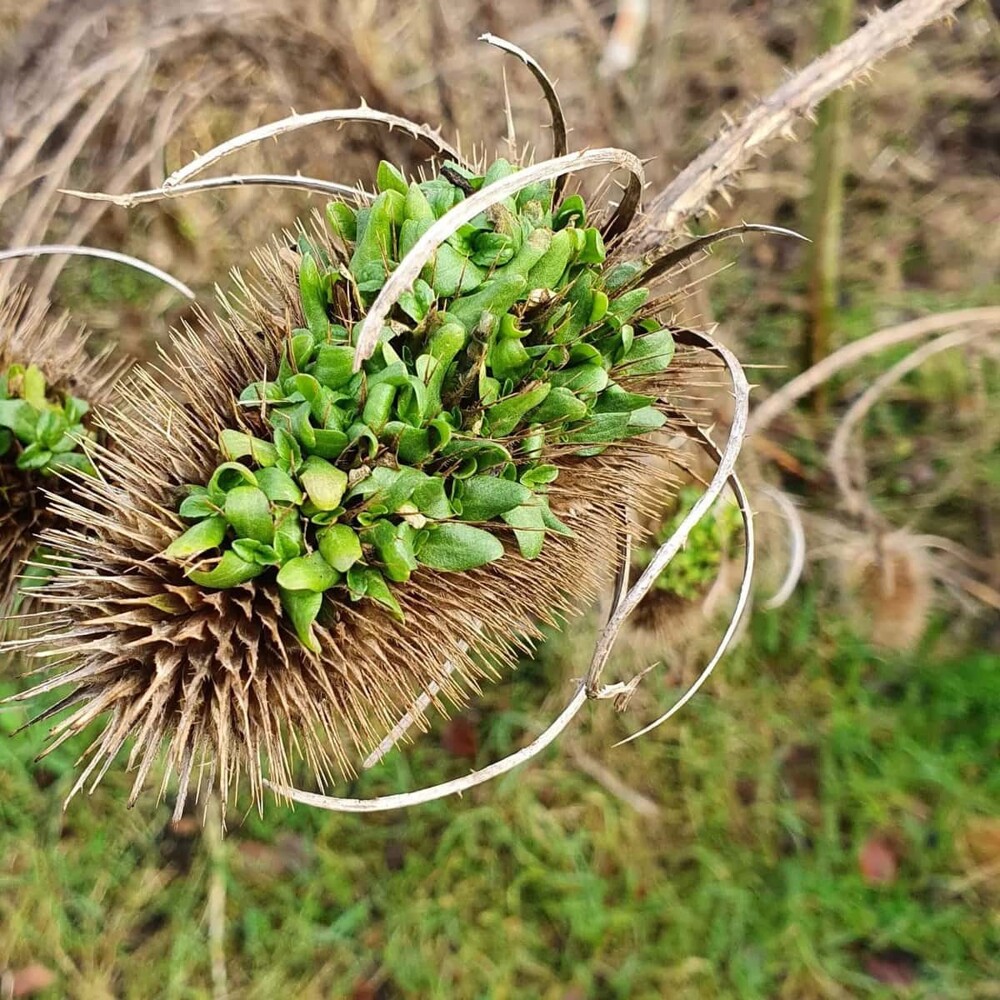
Surprise! 
Other small peppers were found inside the pepper 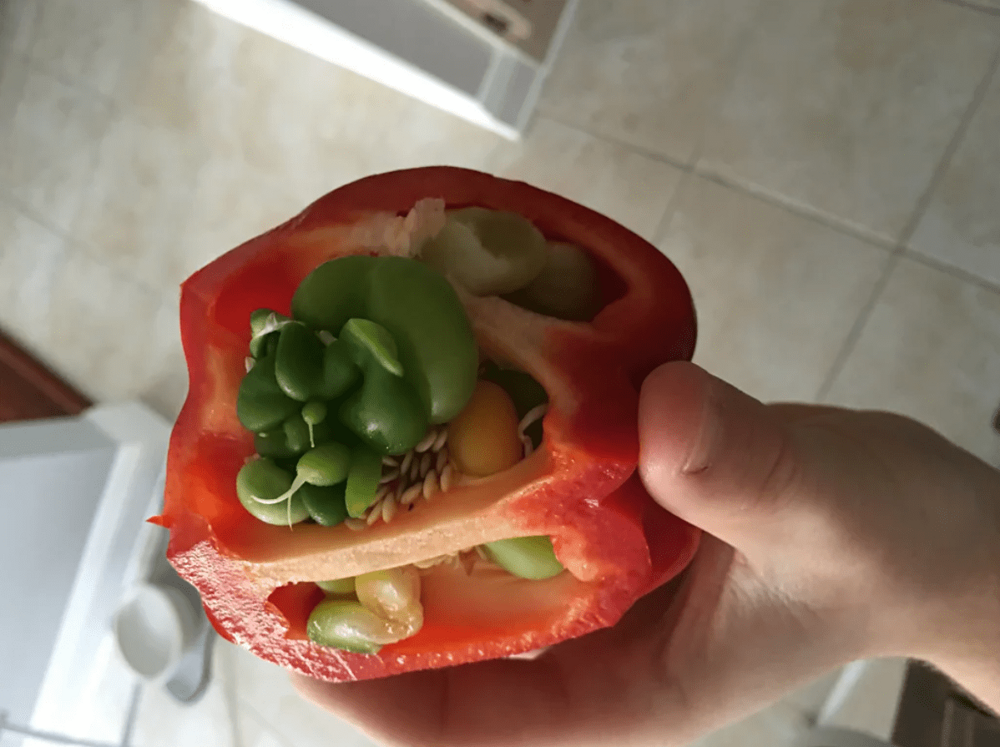
cute pomegranate sprout 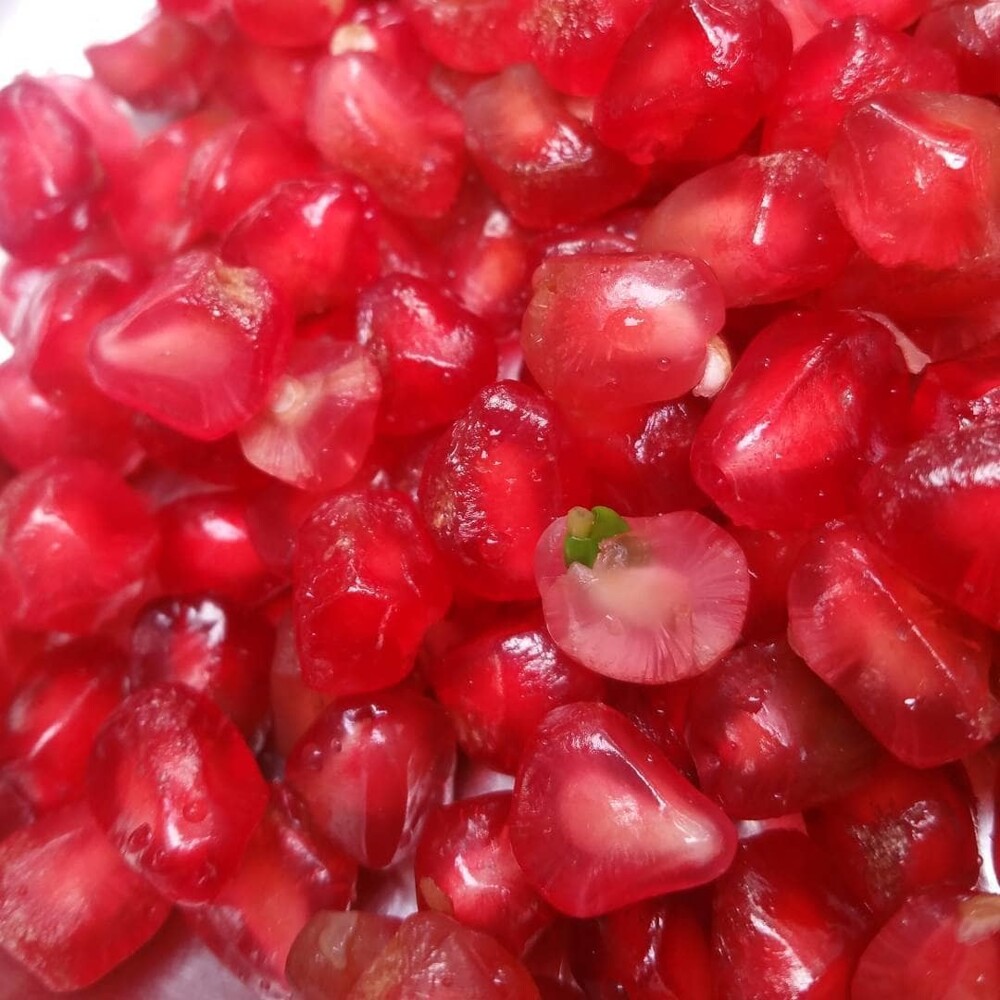
The emergence of new life. Although the fetus has not even had time to fall off 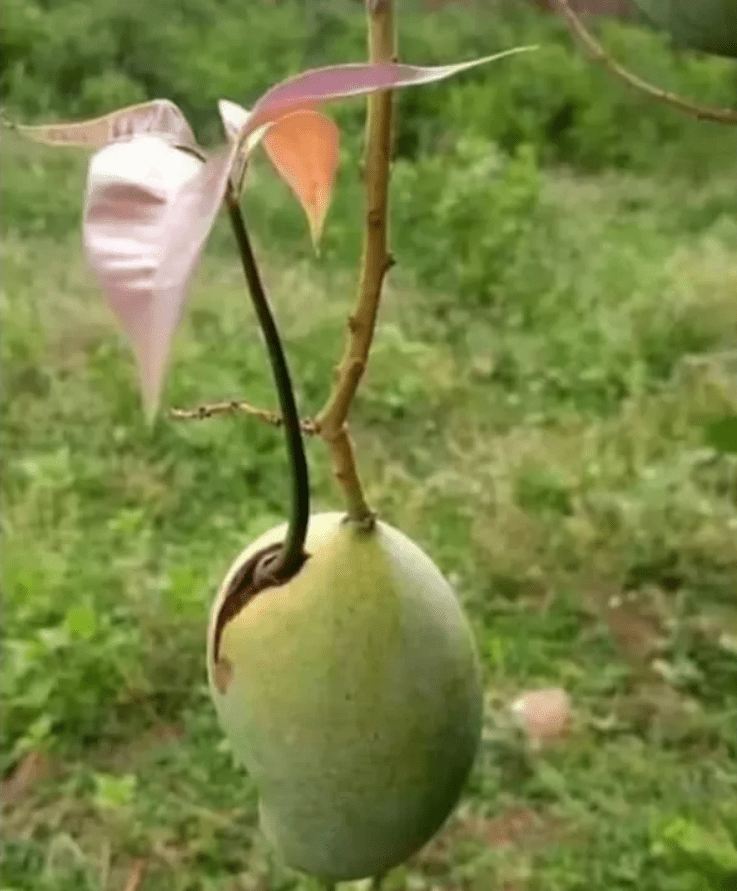
It seems that this pumpkin has been lying in the garden for too long. 
miracle tomato 
In some cases, viviparia can actually have repulsive look. For example, it is almost impossible for a tomato or strawberry look without a shudder. However, nothing dangerous for a person in viviparia, fortunately, no.
Sprouted half green mango 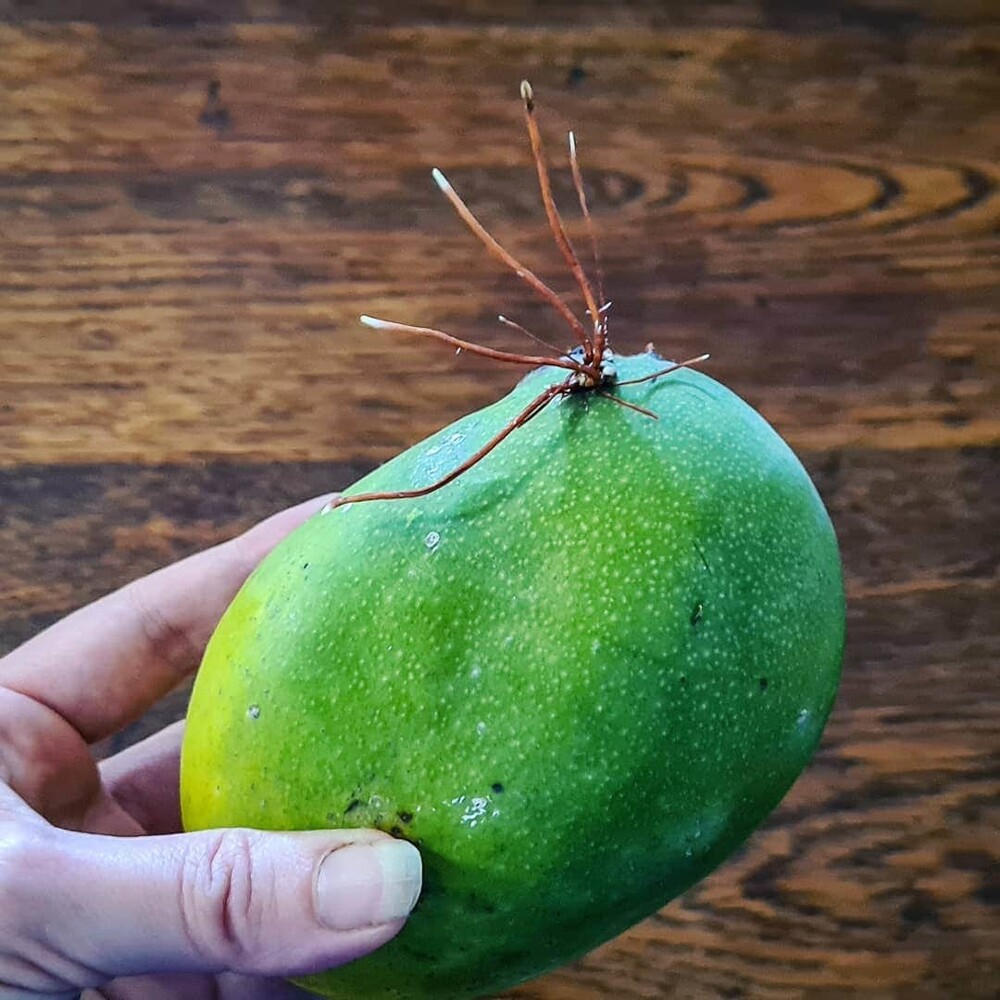
Strawberries in the process of seed germination look frankly frightening 
Powerful sprout in a pumpkin 
A little water, and the plant is ready for incredible feats 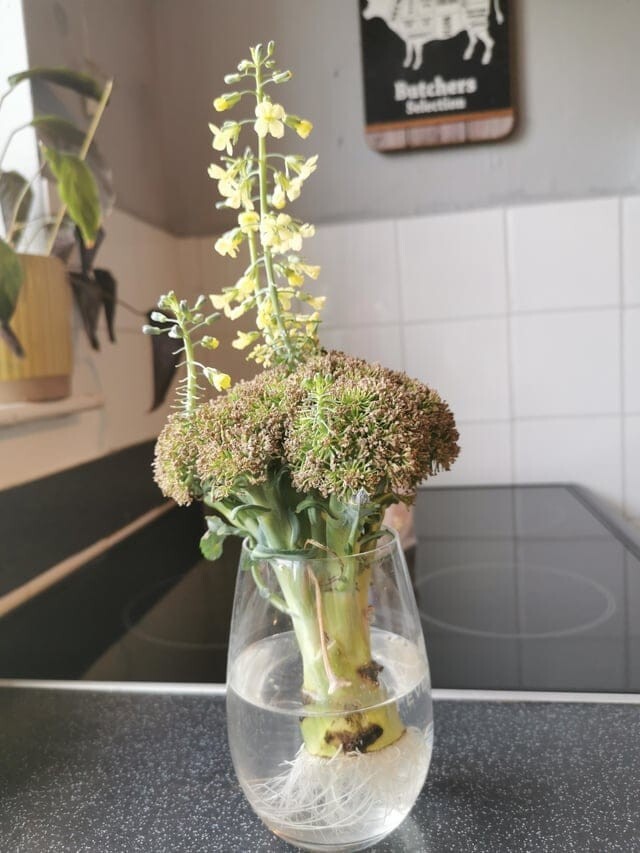
Hundreds of poppy sprouts 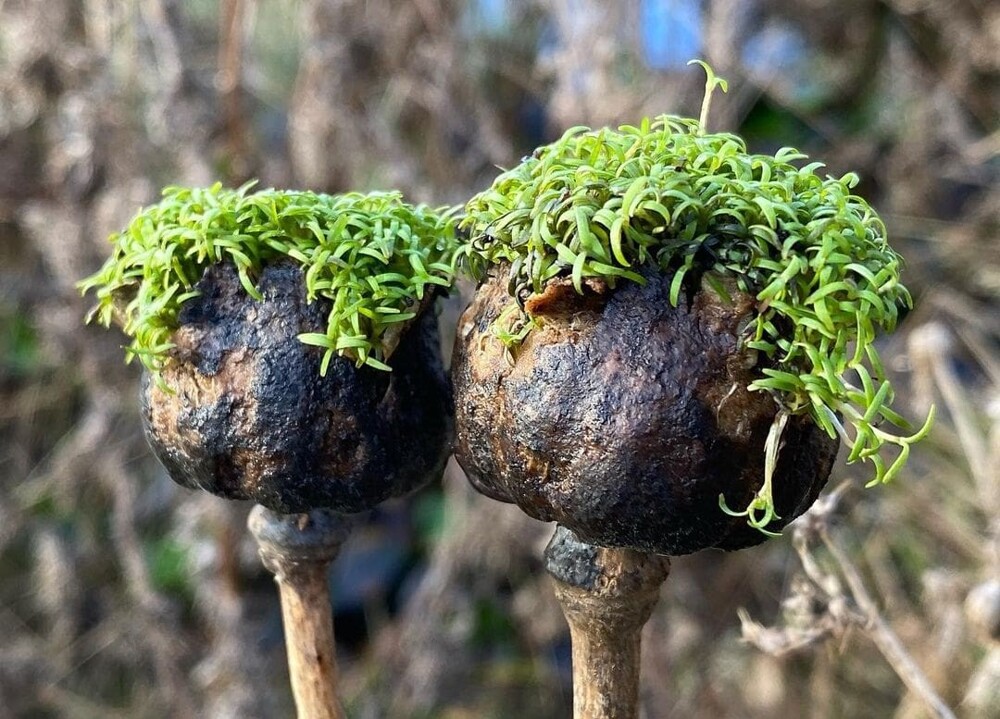
Fruits with seedlings in mangle rhizophora 
Add your comment
You might be interested in:
























